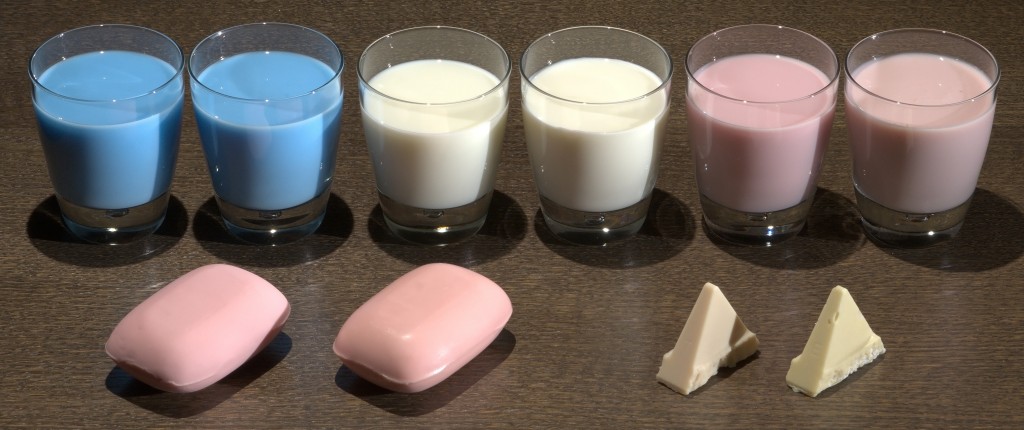Abstract

We present a method for practical physical reproduction and design of homogeneous materials with desired subsurface scattering. Our process uses a collection of different pigments that can be suspended in a clear base material. Our goal is to determine pigment concentrations that best reproduce the appearance and subsurface scattering of a given target material. In order to achieve this task we first fabricate a collection of material samples composed of known mixtures of the available pigments with the base material. We then acquire their reflectance profiles using a custom-built measurement device. We use the same device to measure the reflectance profile of a target material. Based on the database of mappings from pigment concentrations to reflectance profiles, we use an optimization process to compute the concentration of pigments to best replicate the target material appearance. We demonstrate the practicality of our method by reproducing a variety of different translucent materials. We also present a tool that allows the user to explore the range of achievable appearances for a given set of pigments.
Copyright Notice
The documents contained in these directories are included by the contributing authors as a means to ensure timely dissemination of scholarly and technical work on a non-commercial basis. Copyright and all rights therein are maintained by the authors or by other copyright holders, notwithstanding that they have offered their works here electronically. It is understood that all persons copying this information will adhere to the terms and constraints invoked by each author’s copyright. These works may not be reposted without the explicit permission of the copyright holder.